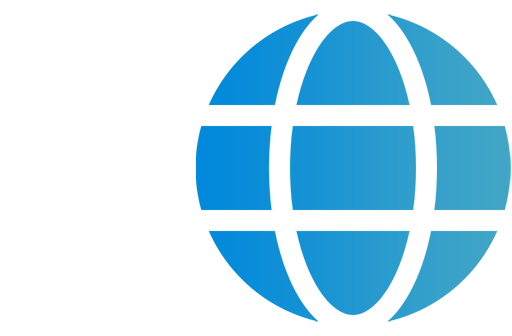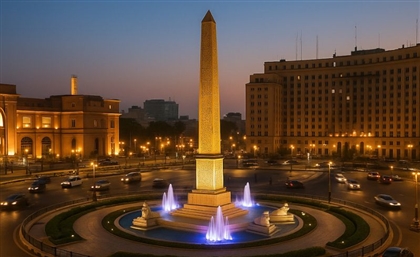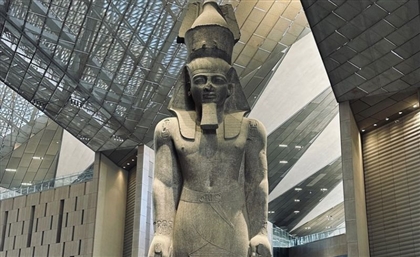Meet the AI Director Who Helped Egypt Reclaim the Story of King Tut
In the aftermath of a spectacle seen around the world, we speak to the AI director behind one of the highlights of GEM's opening.

The opening of the Grand Egyptian Museum offered more than a glitzy celebration of ancient artifacts - it was a triumph of modern storytelling, driven, in part, by artificial intelligence. One of the highlights of the ceremony was a sequence depicting the discovery of Tutankhamun’s tomb, narrated through the lens of a crucial, yet often overlooked, figure: Hussein Abdel Rasoul, the 12-year-old waterboy who found the first step of the tomb. The visuals that brought his story to life came via Rami Emad, the Egyptian co-founder of the Dubai-based R | Films, and his team - a project that became a high-stakes, creative sprint.
Initially approached for a June deadline based on the original date of GEM's launch, R | Films faced an unexpected curveball when the ceremony was postponed. The team was then recalled in September with a deadline of October 20th. "I'm proud that we were able to deliver this quality in such a short period of time,” Emad explains, his voice rising with pride and settling in relief.
The ultimate challenge, however, wasn’t the timeline, but the creative vision. With a background in 3D art and visual effects, Emad is no stranger to client deadlines and the often gruelling back-and-forth that happens - but even he didn't expect what happened next. When R | Films delivered their first interpretation, based on the brief voice-over script they received, it was rejected. Boasting brownie points for previous ancient Egypt portfolio work, Emad and his team were given a rare opportunity: almost complete creative autonomy with the art direction. “We did everything in-house, with our own creative director and production team," Emad noted. "The most challenging part was delivering a high quality of work so quickly, as we literally had to create everything from scratch."
The technological process behind the Hussein Abdel Rasoul video reads like a playbook for next-generation filmmaking. The team's first hurdle was transforming low-resolution archival photos into usable assets. This involved a multi-step AI process of upscaling, sharpening and colorising the ancient images. However, several key narrative moments - such as young Hussein digging and uncovering the tomb's steps, or scenes showing him interacting with Howard Carter - never existed as photographs. To maintain story continuity, these gaps were filled entirely through advanced prompt engineering. These newly generated AI-created images, along with the enhanced archival ones, were then adjusted to a consistent Full HD horizontal aspect ratio.
The next stage involved animation. Utilising three different AI software tools, the team animated the still images to specific camera movements and human action. The trickiest part, according to Emad, was generating realistic facial expressions and character interactions, which demanded continuous back-and-forth refinement across the different AI platforms to ensure character consistency. The final animated output - a collection of short five-second clips - was then stitched together and treated with a final colour grading pass to give the entire film a fitting archival, vintage look, lending it the illusion of being genuine, decades-old footage.
For Emad, the success of the GEM video project signals a shift for the media in Egypt. He champions the use of AI in marketing, particularly for the nation's unparalleled tourism potential, and sees a clear advantage. “Projects that typically require extensive production time and large crews can be completed in significantly less time and with a much smaller budget.” He's seen how varied the creative application of AI can be, having created three documentaries for the Dubai Media Office - the entity that shepherds the country's national media ecosystem - and used AI to embellish numerous events. "We even created an AI family that Dubai Digital Authority makes all of its announcements through," he says coolly and flatly with the tone of man who has seen the depths of artificial intelligence's potential, while most grapple with ChatGPT.
Despite this, the way in which Emad speaks about the GEM project suggests that it's going to take something special to top his work in helping reclaim the story of Tutankhamun's discovery in front of a global audience - and he believes this AI-powered storytelling is the key to keeping the embers global interest glowing.
“What we have in Egypt is so unique and there’s so much to showcase - and the whole world is hungry to see it. That’s where our role as storytellers comes in.”
Trending This Week
-
Oct 29, 2025



























